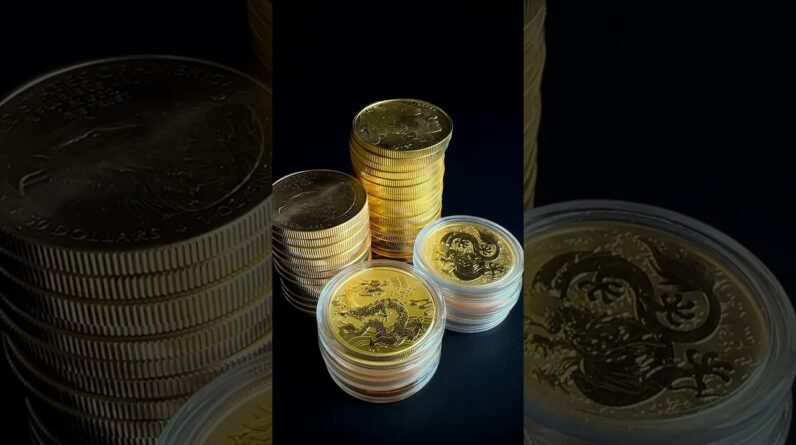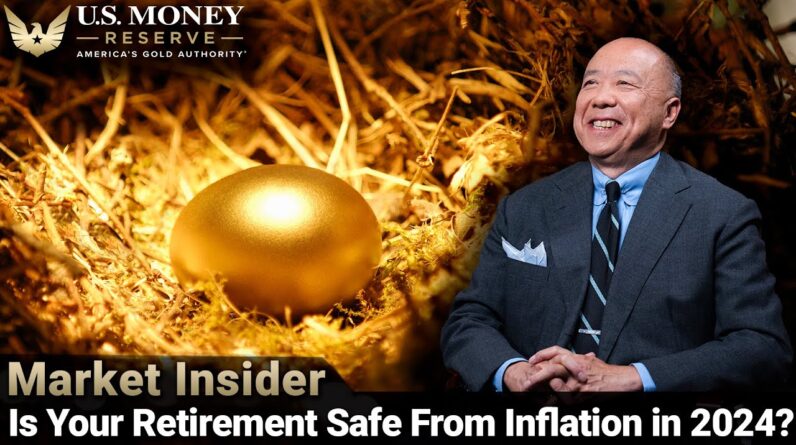Are you curious to know what Saudi Arabia’s unprecedented treasury dump means for the stability of the US dollar? In this blog post, we will dive into the details of this groundbreaking event and explore its potential impact on the global financial landscape. So, buckle up and let’s unravel the mysteries behind Saudi Arabia’s bold move.
Saudi Arabia’s Unprecedented Treasury Dump Shakes the Dollar’s Foundation
Introduction
In a groundbreaking move, Saudi Arabia has recently taken a significant step away from its longstanding reliance on US treasuries. With a discernible shift in investment strategy, the kingdom has reduced its holdings to a six-year low, embracing a more diversified portfolio that includes riskier investments, such as stocks. This move not only signifies a departure from Washington but also impacts the worldwide perception of the US dollar as the dominant reserve currency. Let’s delve deeper into the implications of Saudi Arabia’s treasury dump and its potential consequences for the US economy.
Riyadh’s Treasury Sell-off: An Overview
- Saudi Arabia, in the month of June, sold a significant sum of $3 billion worth of US debt.
- This reduction of treasury bonds is not an isolated incident but part of a trend to diminish reliance on US assets, which commenced in 2016.
- Over the past few years, the kingdom has sold a staggering $76 billion or 41% of its total US treasury holdings.
The Ripple Effect: Short and Long-term Implications
- Immediate Impact: The significant sale of US treasuries by Saudi Arabia adds pressure to the US economy. It weakens the historical petrodollar agreement, wherein major oil-exporting countries, like Saudi Arabia, agreed to denominate oil sales in US dollars, thus ensuring a constant demand for US treasuries.
- Long-term Outlook: The reduction in Saudi Arabia’s holdings is indicative of a larger global trend. Other countries, including the UAE, are also divesting from US debt. This systemic shift away from the dollar system challenges the status of the US dollar as the primary reserve currency. Consequently, this could undermine the value and stability of the US dollar in the long run.
FAQ (Frequently Asked Questions)
-
Why is Saudi Arabia reducing its US treasury holdings?
- Saudi Arabia is diversifying its investments to mitigate risks and reduce dependence on a single asset class. The kingdom aims to safeguard its wealth and achieve higher returns by exploring different sectors and markets.
-
What do risky investments like stocks offer compared to US treasuries?
- Riskier investments, such as stocks, tend to offer the potential for higher returns compared to the relatively low yields of US treasuries. By venturing into these riskier assets, Saudi Arabia seeks to enhance its investment performance and generate greater profits.
-
What does this shift mean for the US economy?
- The reduction in Saudi Arabia’s treasury holdings could have detrimental effects on the US economy. It reduces demand for US treasuries, potentially leading to higher borrowing costs for the US government. Additionally, a decrease in the value of the US dollar may result in imported goods becoming more expensive, causing inflationary pressures.
-
Will other countries follow suit and reduce their US debt holdings?
- There are indications that other nations, including the United Arab Emirates, are following Saudi Arabia’s lead and divesting from US treasuries. As the trend gains momentum, an increasing number of countries may choose to diversify their holdings away from the dollar system, thus reimagining the global economic landscape.
-
Is the dollar’s status as the world reserve currency at risk?
- The move by Saudi Arabia, in conjunction with other countries’ actions, suggests a potential challenge to the US dollar’s status as the dominant reserve currency. While it is unlikely to happen overnight, the cumulative effects of these diversification efforts may gradually weaken the dollar’s position in the global economy.
Conclusion
Saudi Arabia’s unprecedented reduction in its US treasury holdings represents a paradigm shift in the financial landscape. By diversifying away from dollar assets and opting for riskier investments like stocks, the kingdom has sent a strong message of diminished reliance on the US. This move not only impacts the US economy in the short term but also implies long-term implications for the global financial system. As other countries join in, the very foundation of the US dollar as the world reserve currency may undergo substantial changes. It remains to be seen how this significant shift will shape the future economic landscape.










